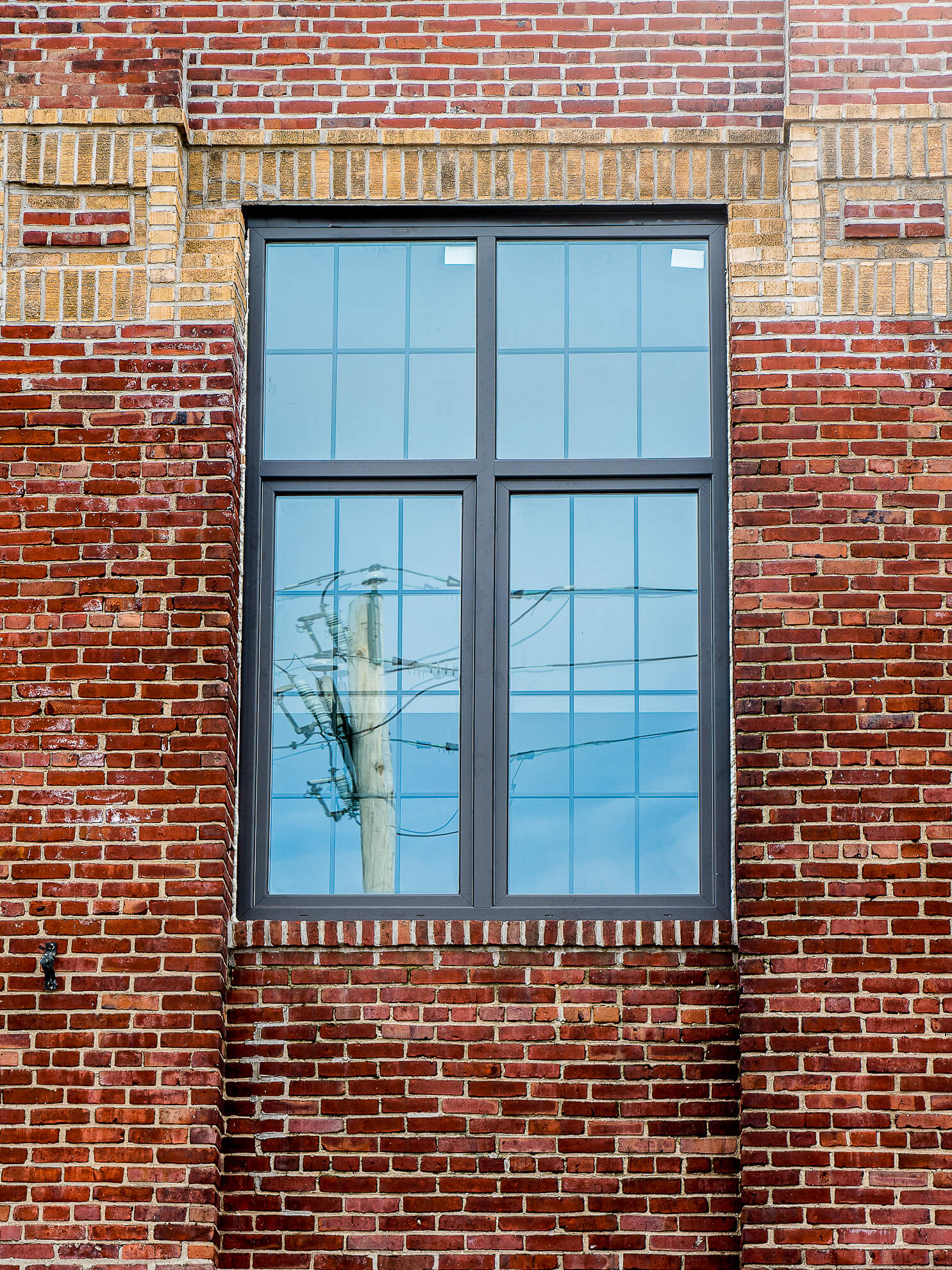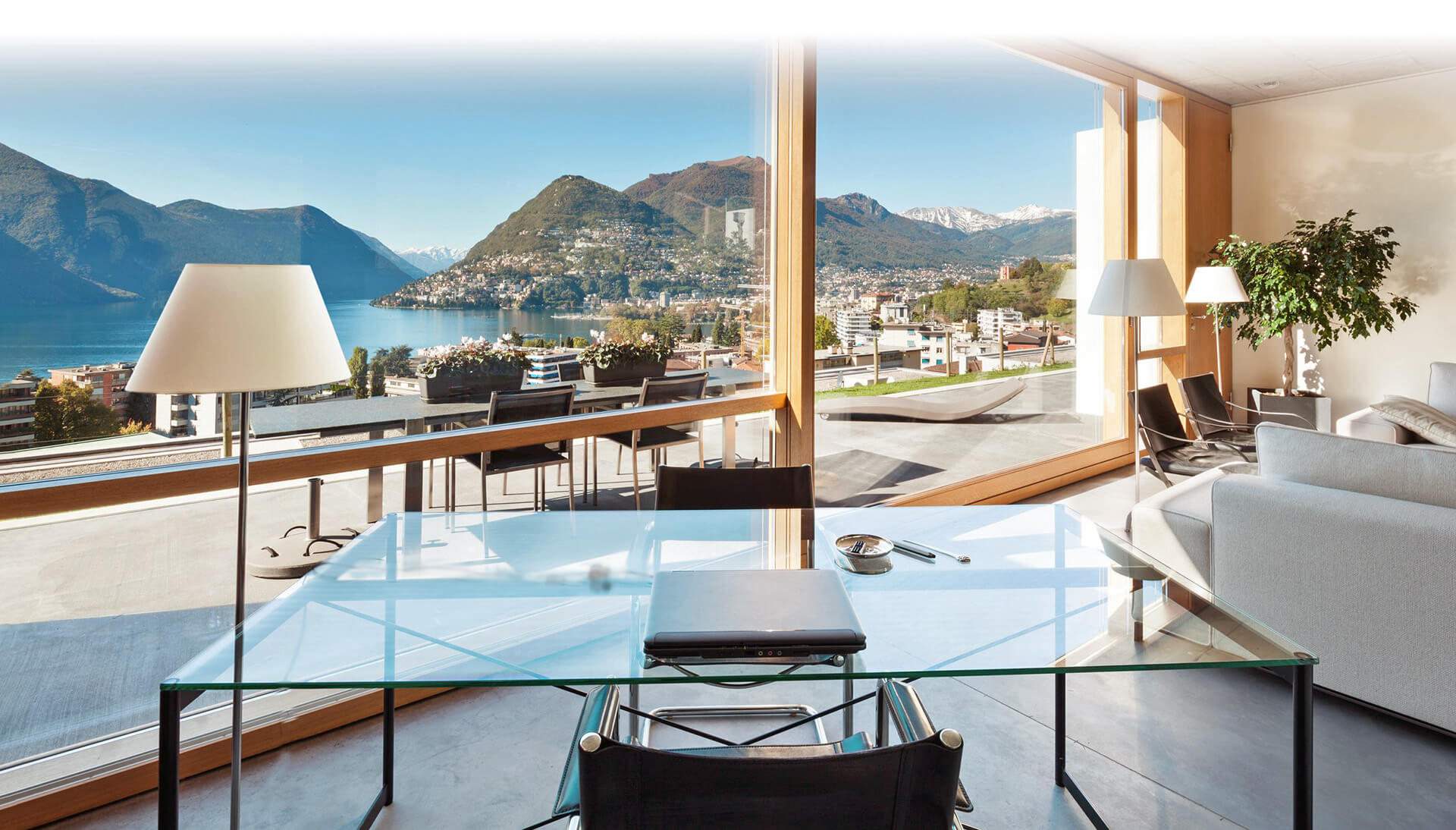Harnessing the Sun: The Integral Role of Windows in Passive Solar Home Design
In the quest for more sustainable living and energy efficiency, homeowners are increasingly turning to passive solar design—an approach that utilizes the sun’s energy to heat and light homes naturally. Central to this design philosophy are the windows, which serve not just as conduits for light but as crucial components in managing a home’s climate and energy usage. Let’s dive into how the strategic placement and selection of windows can transform your home into an eco-friendly sanctuary.

What is Passive Solar Design?
Passive solar design involves arranging a home’s windows, walls, and floors to collect, store, and distribute solar energy in the form of heat in the winter and reject solar heat in the summer. It’s a simple yet effective way to reduce reliance on external energy sources, lower energy bills, and increase comfort levels within the home.
The Sun’s Path and Window Placement
The effectiveness of passive solar design hinges on understanding the sun’s path and how it interacts with your home throughout the seasons. Ideally, most windows should face south (in the northern hemisphere) to capture maximum sunlight during the winter when the sun is low in the sky. Smaller windows on the east and west minimize summer heat gain and winter heat loss, crucial for maintaining comfortable indoor temperatures year-round.
Choosing the Right Windows
Not all windows are created equal when it comes to passive solar design. Here are some features to consider:
- High Solar Heat Gain Coefficient (SHGC): Windows with a high SHGC are better at collecting solar heat during the winter, especially useful in colder climates.
- Low-E Coatings: These microscopic coatings on the glass reflect particular spectrums of light, helping keep heat inside in the winter and outside in the summer.
- Thermal Mass Materials: Incorporating materials like concrete or stone near windows can help absorb and store heat during the day and release it as temperatures drop.
Glazing Options and Innovations
The type of glazing significantly affects a window’s thermal performance. Double or triple-glazed windows filled with inert gas like argon offer superior insulation and are ideal for passive solar homes. Some modern windows also feature adjustable tints, optimizing light and heat entering the home based on the time of day and season.

Integrating Technology for Enhanced Control
With advancements in home automation, homeowners can now integrate smart sensors and automated blinds or shutters that adjust themselves based on the sun’s position and the home’s heating or cooling needs, further enhancing the energy efficiency of passive solar design.
The Environmental and Economic Impact
By maximizing the use of natural heating and lighting, passive solar design not only reduces carbon footprints but also offers significant savings on utility bills. It represents a smart investment in both the financial future and the sustainability of our planet.

Windows are more than just aesthetic elements of home design—they are pivotal in harnessing the power of the sun to create more sustainable, energy-efficient living spaces. By embracing the principles of passive solar design, homeowners can enjoy a comfortable, light-filled home that is both cost-effective and kind to the environment.